|
For over a decade, the Mount Olivet Board of Directors entertained the idea of establishing a preservation fund. The plan was first pitched, and championed, by the late Colleen Remsberg, longtime Board member and immediate past president. Ms. Remsberg left us in May, 2018, but not before she saw the Mount Olivet Preservation and Enhancement Fund become an IRS accredited 501(c)(3) public charity. The mission reads as follows: The mission of the Mount Olivet Cemetery Preservation and Enhancement Fund is to assist in the conservation of the natural beauty and historic integrity of Mount Olivet Cemetery and to increase public knowledge and appreciation of its unique, cultural, historic, and natural resources through charitable and educational programs. Putting this in layman’s terms, we continue taking steps to preserve the history of this great “garden cemetery,” a community institution since the 1850s. In doing so, we are safeguarding the cemetery’s historic records, structures and grave monuments. We began nearly four years ago with the launch of this “Stories in Stone” weekly blog, combined with additional education opportunities through our websites (MountOlivetCemeteryInc.com and MountOlivetVets.com), along with public lectures and commemorative events. In February 2020, we officially launched our Friends of Mount Olivet group, allowing us to expand upon special activities and product development which includes cemetery walking tours, visitor assistance with genealogy and family history research, special events and anniversaries, educational partnerships with local schools, and interpretive historic wayside displays and unique commemorative plantings. Best of all, we now have volunteers and patrons to help in documenting, cleaning and helping to raise financial support to restore, repair and preserve broken and illegible gravestones/monuments in the cemetery’s historic section. Evidence of this latter task made the front page of our local newspaper last week, and let me tell you how gratifying it was to see positive publicity associated with Mount Olivet. It’s not hard to fathom that we’d rather see monuments going up, as opposed to three months ago (in July) when we saw some coming down. In particular headlines were made with vandals destroying our 140-year-old Confederate sentinel monument made from Italian Carrera monument. It symbolically kept peaceful watch over 700+ known, and unknown, dead soldiers who sided with the South during the American Civil War. Speaking of history, the Friends of Mount Olivet public workshop on stone restoration last week was simply fantastic! We were the very last stop for Jonathan Appell of Atlas Preservation, Inc. (Southington, Connecticut) who had been conducting a unique restoration tour involving 48 cemeteries in 48 states—performed in 48 days. Mr. Appell is one of the country’s leading experts in this field. He, boasts an impressive resume of work projects and experience that have spanned decades. The workshop began with an hour-and-a-half walking tour of the grounds in which Jonathan was joined by friend and colleague, Moss Rudley, longtime exhibit specialist and Superintendent of the National Historic Preservation Training Center based here in Frederick. The seasoned duo explained styles, trends, and even pitfalls of grave ornamentation of the 18th and 19th centuries. 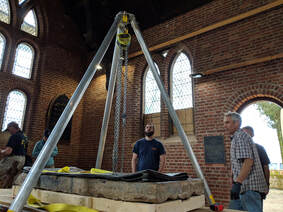 Work on the Knight's Tomb in Jamestown in Spring, 2019 Work on the Knight's Tomb in Jamestown in Spring, 2019 I first met Jonathan and Moss two years back in October of 2018. At that time, Mount Olivet became an outdoor classroom for a two-day session on gravestone restoration—part of the 22nd annual International Preservation Trades Workshop. We brought Jonathan back to Frederick in October, 2019 to conduct a free, public workshop on our grounds. This would also generate interest in our 2020 launch of our friends group as well. Last year, Jonathan was given the opportunity to explain to participants various projects that he has worked on around the country over his career. This included 17th century burying grounds in his native New England, jobs with the National Park Service, and a recent collaboration with Preservation Virginia involving the mysterious Knight’s tomb in Jamestown Church, historic Jamestown settlement. This gravestone is thought to be the oldest known grave of a European settler in North America. (Note: For more info on these gentlemen, I have added a link to the Frederick News-Post story at the end of my article along with a few others). As for our event on October 7th, 2020, the talented craftsmen chose a random grave monument of interest to conduct an introduction on cleaning gravestones. Jonathan and Moss went on to explain contributing factors to stone discoloration and staining. They followed by demonstrating to participants methods of properly cleaning these stones, using tools and materials that will bring many of these stones back to their original condition, if done correctly. With knowledge and know-how at hand, our instructors encouraged participants to take their hand of cleaning stones for themselves. This lively actively, fitting for a cemetery in so many ways, was followed by a lunch break. After lunch, Jonathan and Moss picked three stones in Area H to repair, and one more in neighboring Area L. Both sections flank the historic Key Chapel and their eastern halves contain several interments dating from the mid-1850s and 1860s—the time of the cemetery’s opening decades. A beautiful day afforded attendees a relaxing atmosphere in which to experience this free portal in which to watch these experts at work. Moreso, they were also breathing new life into stones that had experienced toppling by way of old-age, weathering and ground shift over the years. While engaged in the session first-hand, I suddenly thought beyond the tombstones themselves as I usually do. I asked myself, “Who were the recipients of these “mortuary makeovers?” And just remember, if this ever becomes a program on TLC, you heard the potential program title here first! I decided to come full circle. I would purposely seek out anything I could about the people (beneath the scenes) who unknowingly volunteered their grave markers for our workshop. By the way, I thought I’d share the fact that although we regularly throw around the term “6 feet under,” our cemetery uses the industry standard of 4.5 feet underground for burial. Not counting ground erosion or build up, the cemetery aims for the lid to be at least 18 inches below the surface. And there’s a social distancing update for you. Anyway, four years ago, in November, 2016, I began "cyber-preservation” by publishing weekly features that can be stored on the Mount Olivet website, while new features (like this) make their premieres on the cemetery's FaceBook page. However, none of this would be possible without a gravestone, and even more, an upright and legible gravestone. Markers, monuments, and tombstones are tributes to, and representations of, past lives. Each provides that tangible connection to the deceased. Repairing a stone is no different than penning a biography, the common thread is remembering a life once lived—a lasting footprint. The Kunkel Children The monument featured on the front page news story last week was within Area H/Lot 57 and was erected by a prominent politician, lawyer and businessman named Jacob Michael Kunkel. On the morning tour, Kunkel’s fine monument was called-out by our lecturers for its grand style, but it was another unique funerary offering that was targeted for the cleaning demonstration. This was a seven-foot Greek-style column which appears broken at the top. This latter issue was not done by vandalism or a tree, but rather by design as a popular style of the mid-nineteenth century. Because of its visual impact, the broken-column has remained one of the most popular symbols in cemetery iconography. It represents “a life cut short,” and that is indeed what we have with this particular gravesite containing two children: Henry and Teresa. 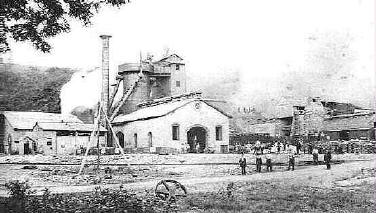 I want to start by giving context on the Kunkel name and family. To date, we have 22 folks with the name “Kunkel” interred within our gates. This unique surname is derived from the Middle High German word "kunkel," which means "spindle." It is thus supposed that the first bearers of this surname were spindle makers by occupation. The forementioned Jacob M. Kunkel did more than make spindles as his “Story in Stone,” could weave quite a yarn. I have seen his name in the local papers and history books quite often, and knew he had a connection to the Catoctin Furnace, as an owner in partnership with Peregrine Fitzhugh in the 1850s. Kunkel’s brother (John Baker Kunkel) would run the north county operation throughout the American Civil War, as it would stay in blast without interruption throughout the conflict as armies marched by going to and from the battlefield at Gettysburg in the summer of 1863. The Biographical Directory of the United States Congress 1774 – Present gives the following summary on Mr. Kunkel: KUNKEL, Jacob Michael, a Representative from Maryland; born in Frederick, Frederick County, Md., July 13, 1822; attended the Frederick Academy for Boys and was graduated from the University of Virginia at Charlottesville in 1843; studied law; was admitted to the bar and commenced practice in Frederick in 1846; served in the State senate 1850-1856; elected as a Democrat to the Thirty-fifth and Thirty-sixth Congresses (March 4, 1857-March 3, 1861); resumed the practice of law in his native city; delegate to the Loyalist Convention in Philadelphia in 1866; died in Frederick, Md., April 7, 1870. 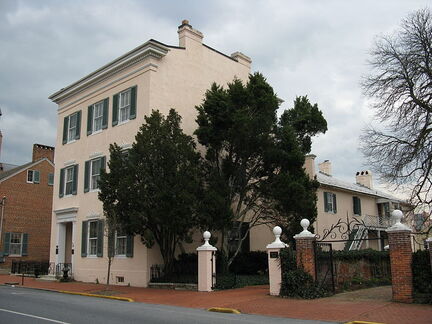 You may be interested in the fact that the Kunkel family residence during Jacob M. Kunkel’s life between 1848-1870 was 112 W. Church Street—the famed Tyler-Spite House. This grand mansion would remain in family hands until 1892. The Kunkels have two of the largest, and beautifully ornate, monuments in all of Mount Olivet. Our hosts talked at length about the craftmanship and construction of each before taking us a few short yards away to focus on the grave of two of Jacob’s children. There are seven individuals buried within Area H’s Lot 55. They include the forementioned Jacob Michael Kunkel and wife, Anna Mary McElfresh Kunkel (1821-1879). The Kunkel’s three children are buried here, only one reaching adulthood—John Jacob Kunkel (b. 1849). This family would re-locate to New York City, the site of John’s death, in 1888. John Jacob’s wife, Mary Elizabeth McGill (Kunkel) (1852-1909) is buried beside him, as is one of the couple’s sons, John Harold Kunkel (1878-1912), who died at age 33 of Typhoid fever. The remaining tenants are Jacob Michael Kunkel’s two other children. Henry Kunkel was born August 8th, 1851 and only lived 16 months. He died on April 30th, 1853 and was originally buried in Frederick’s All Saints’ Protestant Episcopal graveyard, once located between E. All Saints Street and Carroll Creek. The family had Henry’s body exhumed and reburied here in Mount Olivet on April 4th, 1859. This was a somber date as it marks the burial of the Kunkel’s only daughter, Teresa. Teresa was born on May 7th, 1853 but would not have the opportunity to celebrate her sixth birthday as she died April 3rd, 1859. Of course, a fair question to ask would be, “Why wasn’t Henry buried here to begin with?” The answer: Because Mount Olivet wasn’t open for burial business until May, 1854. Rest in peace little ones. Sarah G. Doyle Thanks to Jonathan and Moss, this straightforward marble gravestone, white in color, and boasting bold carving, now sits back on its original base in Area H’s Lot 14. Ground shift caused the two base stones to shift, allowing water to rust out the two iron pins holding up the die, or main part of the headstone. Today, it once again stands boldly in memory of Sarah G. Doyle, not far from the grave of her husband, one of 109 veterans in Mount Olivet who served in the War of 1812. Luckily, I was able to glean a bit about this lady who lived 76 years, 9 months and 16 days. I’ve brought up the concept and conundrum of being “a consort” in earlier stories. Sadly, we don’t know a great deal about most women of olden days outside of being “dutiful wives” and “doting mothers”—except, of course, in those rare cases when they actually killed their husbands, and I will leave it at that. And, if you were concerned, I can assure you that Sarah had nothing to do with her husband’s death in 1745. Sarah Gordon was born March 15th, 1797 in Clogher Parish, Tyrone County, in Northern Ireland. I don’t know when she came to the United States, but she married a man named Lawrence Doyle on January 26th, 1822 here in Frederick.
Lawrence Doyle died in January, 1845 and was laid to rest in the Lutheran Cemetery between E. Church and E. 2nd streets. The couple had 23 years together, and five children came from this union: Mary Magdalene Doyle (b. 1822-1825); Elizabeth Margaret Doyle (Feb. 5th, 1825-Feb 16th, 1825); Mary Jane (Doyle) Reed (1827-1858); and Margaret (Doyle) Crum (1838-1905). A son was also born by 1830, either named Lawrence or Henry, but I had difficulty finding more information. In 1850, Sarah was living with daughter Margaret in a home owned by local lawyer Adolphus Fearhake in Court House Square, likely Court Street. I have a strong hunch that Mrs. Doyle was working for the Fearhake family in some capacity. It’s also possible she came into contact with the Kunkels, neighbors living less than half a block away during this period. In 1870, I found Sarah living with daughter Mary Jane Reed’s family in Mount Pleasant. Mary Jane had died in 1858. The native of Ireland passed on December 31st, 1873 and was buried in Mount Olivet on New Years Day, 1874. Lawrence would join her here after a re-interment in 1907, 33 years after Sarah’s death. Henry F. Smith After repairing Sarah Doyle’s grave, we only moved ten yards to our next “mortuary makeover.” It would be in Area H/Lot 25, the grave of Henry Frederick Smith (1839-1864). Talk about a life cut short, perhaps Henry should have had his grave marked by a broken column, instead he had a broken gravestone. Smith’s slim-style upright, tombstone was actually severed in two, the fracture having occurred near the base. This was certainly a more difficult repair than the previous re-setting of the Doyle monument. Our professionals were tasked with re-attaching this piece, while making certain that the base was stabilized—something that was located below the ground surface. The son of Eli and Theresa Smith, Henry Frederick Smith was born on July 8th, 1839 in Frederick. He was baptized in the town’s Lutheran Church and lived in the vicinity, likely on E. Church Street. Henry’s father was a saddler, and according to the 1860 census, Henry worked as a stone cutter. His mother died in 1856, at which time the plot in Mount Olivet was purchased by his father. With hostilities growing in 1861, the winds of war were blowing. Henry joined the Union Army in late November of that year and became a member of Company I of the 1st Maryland Infantry Regiment, Potomac Home Brigade under Captain Walter Saunders. For a glimpse of what he experienced, we can look at the regimental history: During the winter of 1861-62 it served with Gen. Banks and in the following spring marched with that commander up the Shenandoah Valley as far as Winchester, when it was assigned to the duty of guarding the line of the Baltimore & Ohio railroad. When Banks was driven out of the valley the regiment was concentrated at Harper's Ferry, where it remained until the Union troops again the valley, when it resumed the work of guarding the railroad. After Gen. Pope's defeat at the second battle of Bull Run the regiment opposed the passage of the Potomac river at the several fords and ferries near the mouth of the Monocacy, and was then concentrated at Harper’s Ferry, where it was surrendered with the garrison on Sept. 15, 1862.The men were paroled and after being exchanged the regiment was assigned to duty along the Potomac in the southern part of the state. The surrender in question here was associated with the Battle of Maryland Heights, which happened a day after the Battle of South Mountain, and a few days prior to Antietam. Corporal Smith would not return to regular duty as he had experienced a debility supposedly stemming from a cold caught the previous winter. His illness developed into phthisis, known today as pulmonary tuberculosis. Henry would remain at the US General Hospital located in Parole, Maryland, just outside Annapolis. And yes, this is how the current vicinity gained its name. Corporal Henry F. Smith would never see active duty again as he was honorably discharged from duty in February, 1863 due to his disability. He would die of consumption (tuberculosis) one year later on February 16th, 1864. A scant obituary for Henry appeared in the local paper, along with a memoriam from fellow members of Henry’s fire company. Eli Smith, Henry’s father, would die four years after his son in 1868. Since Mr. Smith was the last of his family, this likely explains why he has no grave marker over his final resting place. Eleanor “Ella” O. Keller The final resident renovation of the day in Mount Olivet required some special tools of the trade in the form of a tripod. This tombstone had simply fallen backwards off its base due to its base sinking downward. Thankfully there was no visible damage whatsoever. The solution involved leveling the foundation under the base. An additional challenge was presented with a large, and extremely heavy, gravestone which could not simply be lifted and put back in place by one or likely two workers. Enter a tripod to lift and hold the weight of the die, readying it for placement. In addition, an adhesive compound and lead strips was necessary to help attach the die to the base below. The monument in this demo belonged to Miss Eleanor “Ella” O. Keller, born October 11th, 1851 in Frederick. Miss Keller was the daughter of Charles Frederick Keller and his second wife, Caroline E. Hunt. Ella spent all of her life on E. Church Street. She lived here at what was lot #63, which is the townhouse on the southeast corner of Church and Chapel Alley. She attended school at the Frederick Female Seminary (located at Winchester Hall) and graduated in June of 1868. A professional career saw Miss Keller as a teacher, and she worked at the Frederick Girls’ High School. The former school structure still stands at 115 E. Church and was the former headquarters of Frederick County Public Schools. More recently, it was the home of Artomatic, an artists’ showcase brought to Frederick by the Ausherman Family Foundation. Ella died at age 52, after what her obituary called a brief illness. She is buried to the right of the Key Chapel in Area L/Lot 5. Her two brothers are buried in this plot, along with her mother, Caroline, who is positioned to the immediate left of Ella. Jonathan and Moss took the liberty of re-setting and straightening Caroline's monument while here. According to our cemetery records, Ella’s father is buried in Williamsburg, Perry County, Pennsylvania. It was a great day of information and repairs. Thanks again to Jonathan Appell and Moss Rudley. I know they only made a physical impact on just four monuments in a cemetery containing tens of thousands. However, these are not just any markers, they are above-ground reminders and extensions of the deceased themselves. As if that isn’t enough, now you know a little bit more about the individuals linked with the stones we repaired last week. Banksy is an anonymous England-based street artist, political activist, and film director whose been active since the 1990s. He has left his graffiti art all over the world. A much-repeated quote , poignant for any discussion regarding the importance of tombstones, is attributed to this mysterious man: “I mean, they say you die twice. One time when you stop breathing and a second time, a bit later on, when somebody says your name for the last time.” In respect to restoration and preservation, we’ve got plenty more work to do at Mount Olivet Cemetery. Doing so may positively resuscitate countless victims of an unfortunate second death, one not explained by science, but by forgetting those who have already passed.
ADDITIONAL LINKS to news stories relating to Jonathan Appell and Moss Rudley:
0 Comments
Leave a Reply. |
STORIES
|
Archives
July 2024
June 2024
May 2024
April 2024
March 2024
February 2024
January 2024
December 2023
November 2023
September 2023
August 2023
July 2023
June 2023
May 2023
April 2023
March 2023
February 2023
January 2023
December 2022
November 2022
October 2022
September 2022
August 2022
July 2022
June 2022
May 2022
April 2022
March 2022
February 2022
January 2022
December 2021
November 2021
October 2021
September 2021
August 2021
July 2021
June 2021
May 2021
April 2021
March 2021
February 2021
January 2021
December 2020
November 2020
October 2020
September 2020
August 2020
July 2020
June 2020
May 2020
April 2020
March 2020
February 2020
January 2020
December 2019
November 2019
October 2019
September 2019
August 2019
July 2019
June 2019
May 2019
April 2019
March 2019
February 2019
January 2019
December 2018
November 2018
October 2018
September 2018
August 2018
July 2018
June 2018
May 2018
April 2018
March 2018
February 2018
January 2018
December 2017
November 2017
October 2017
September 2017
August 2017
July 2017
June 2017
May 2017
April 2017
March 2017
February 2017
January 2017
December 2016
November 2016
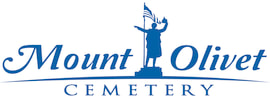
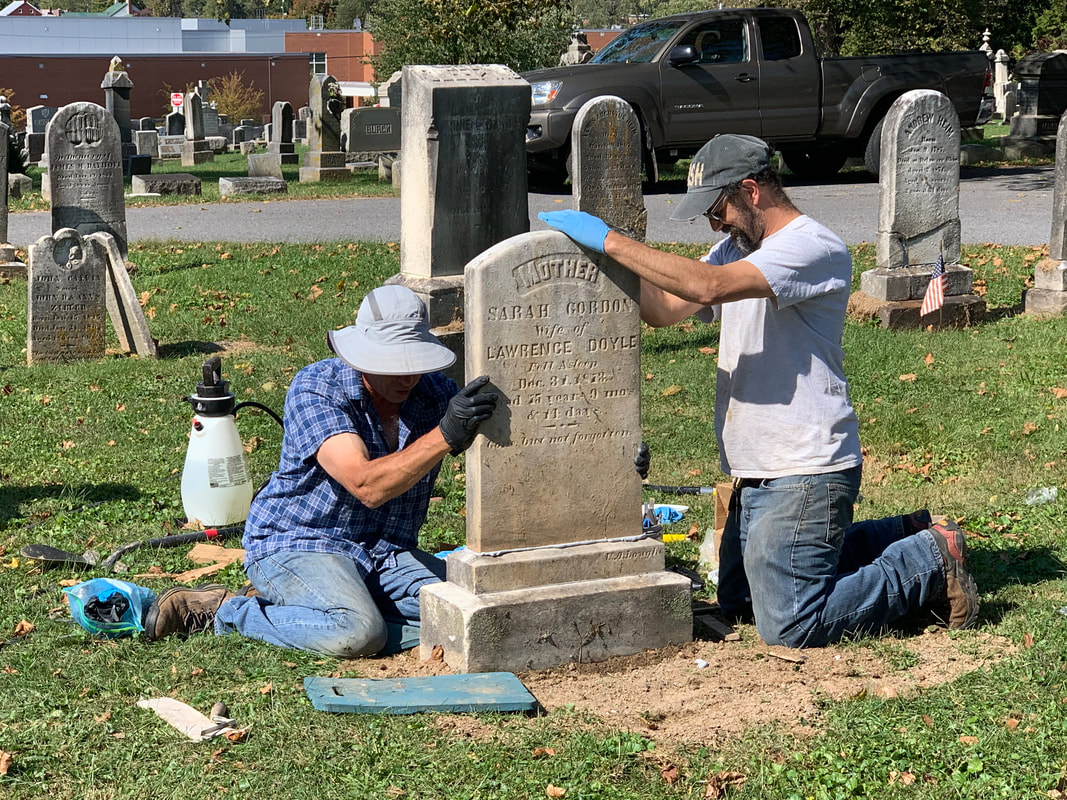
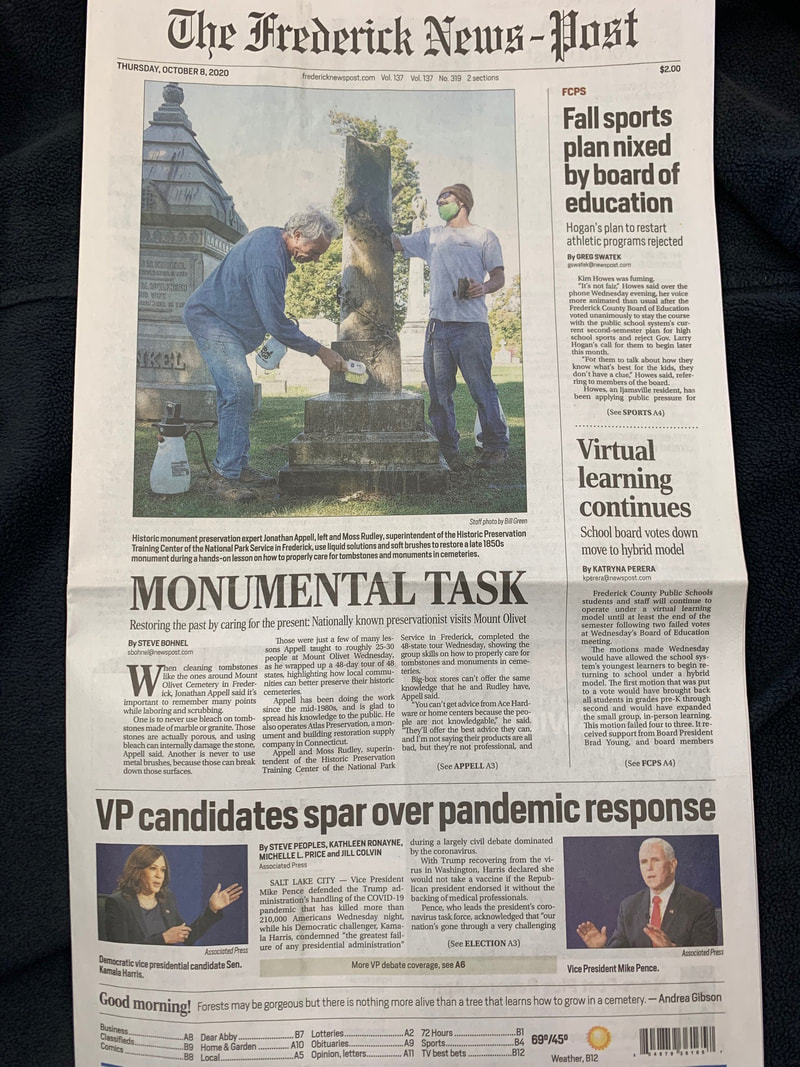
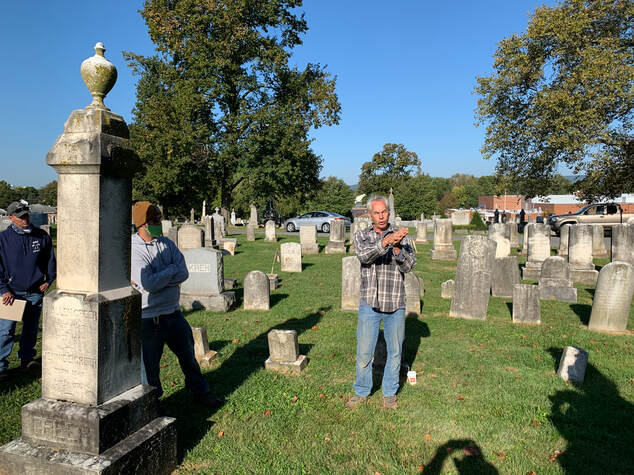
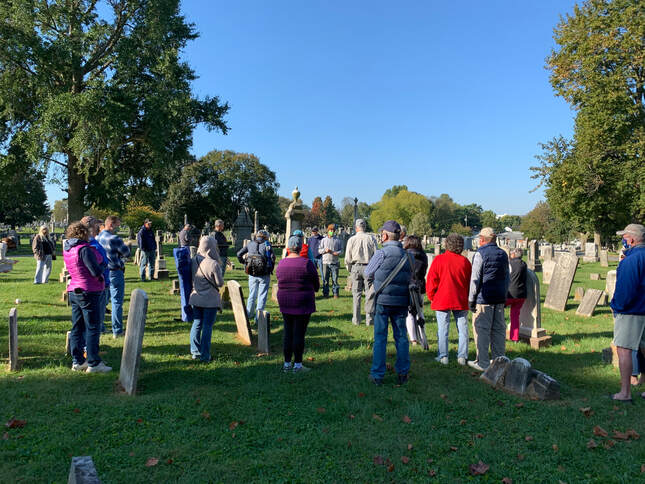
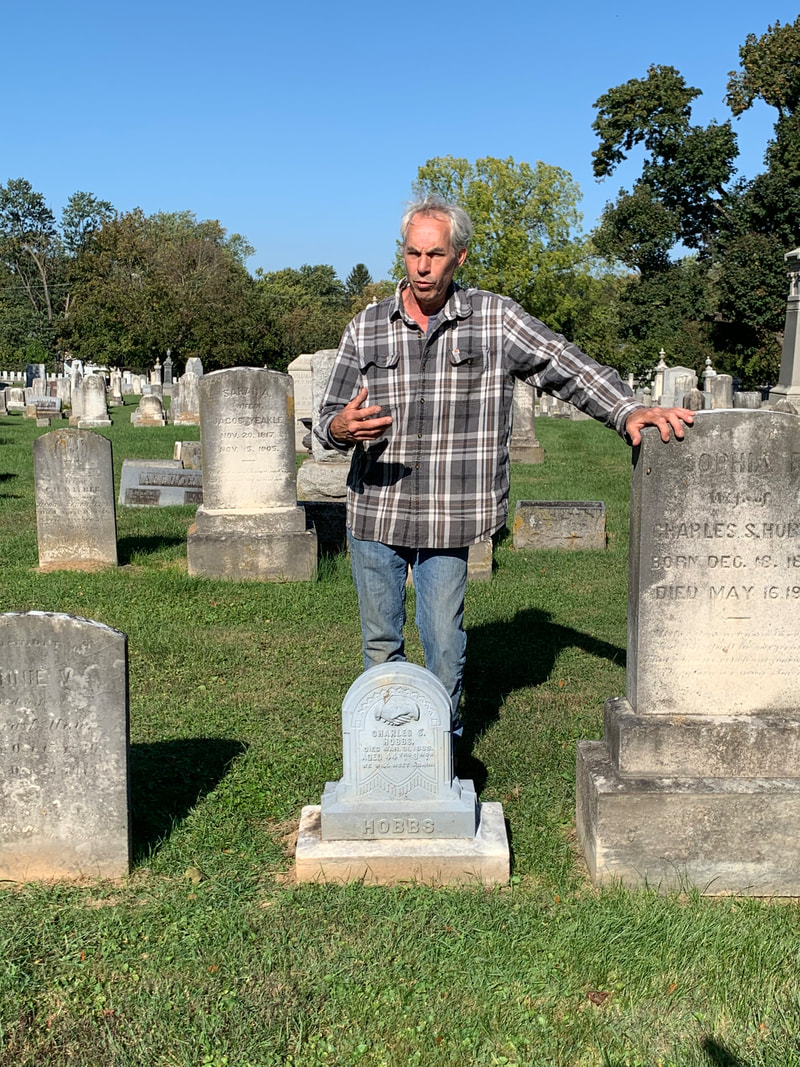
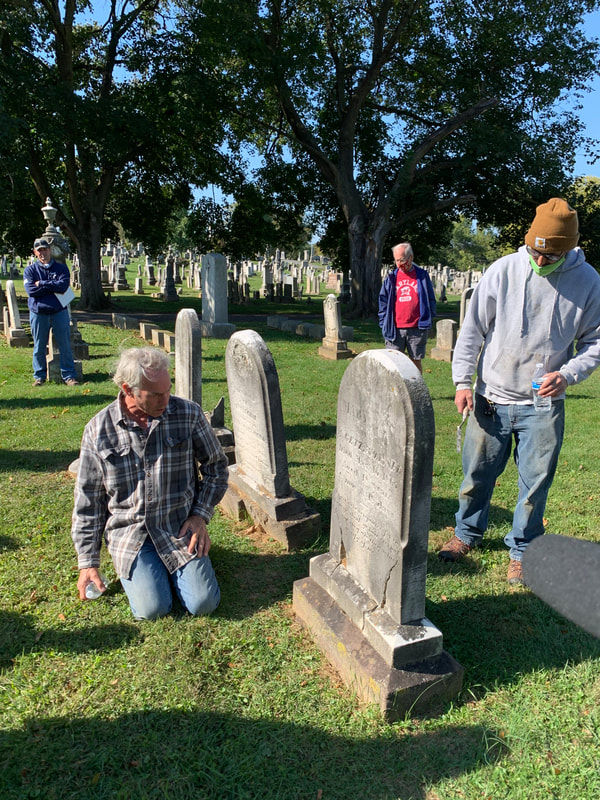
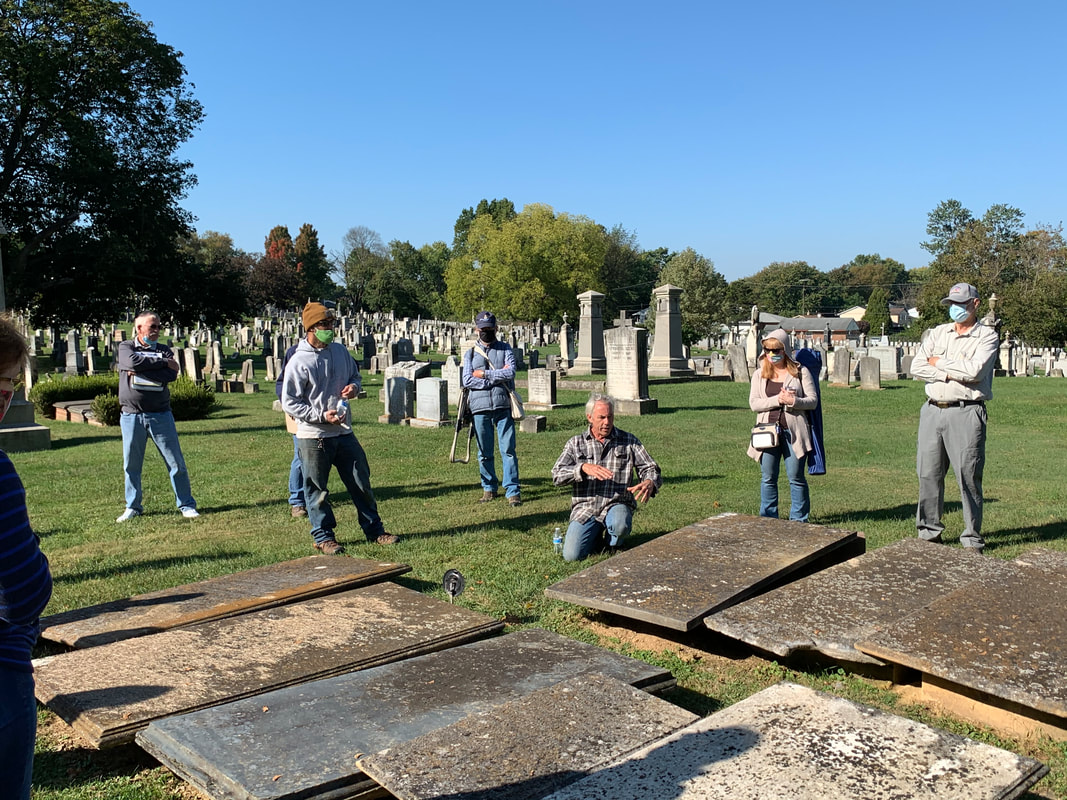
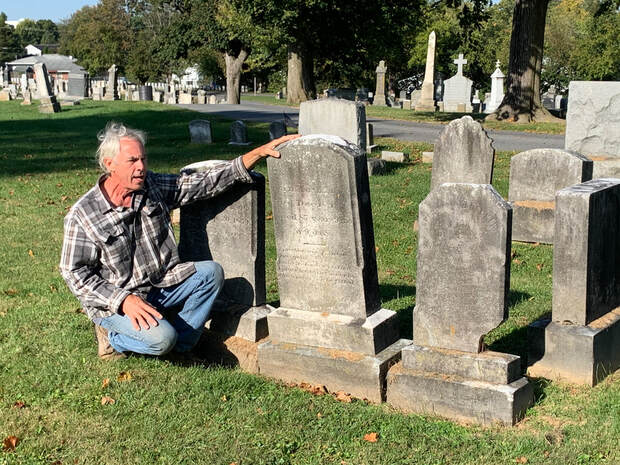
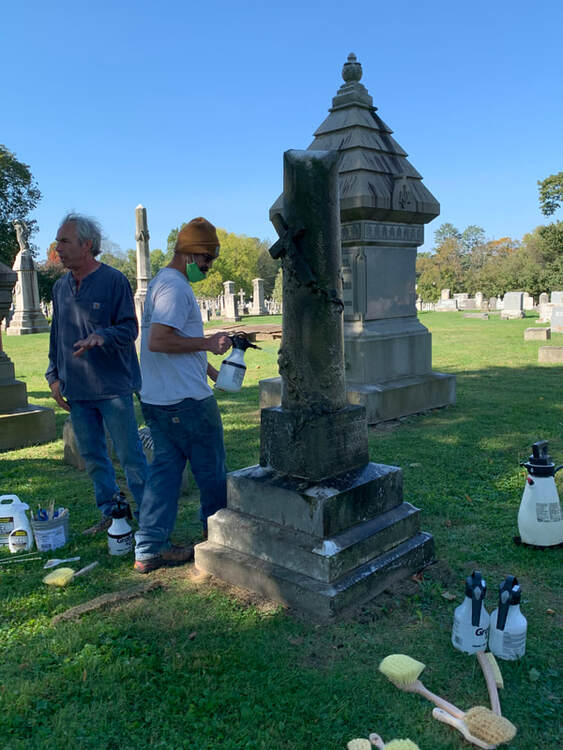
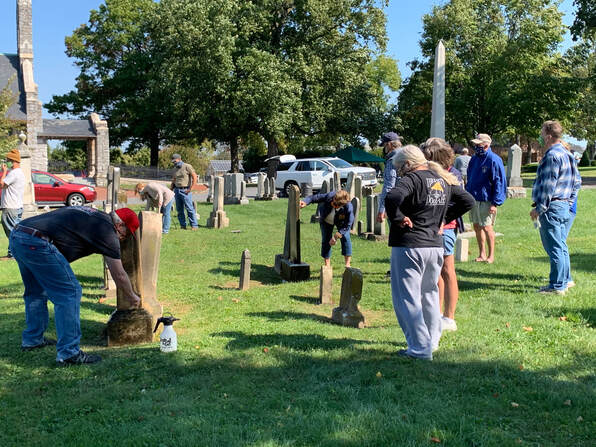
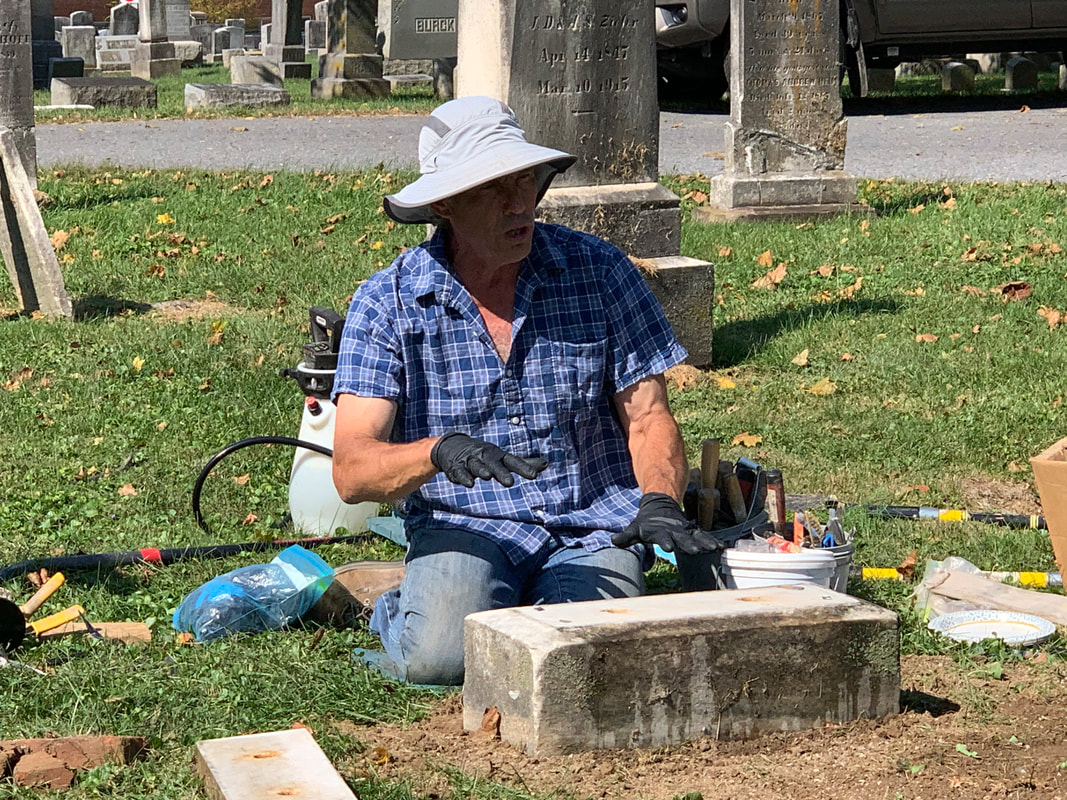
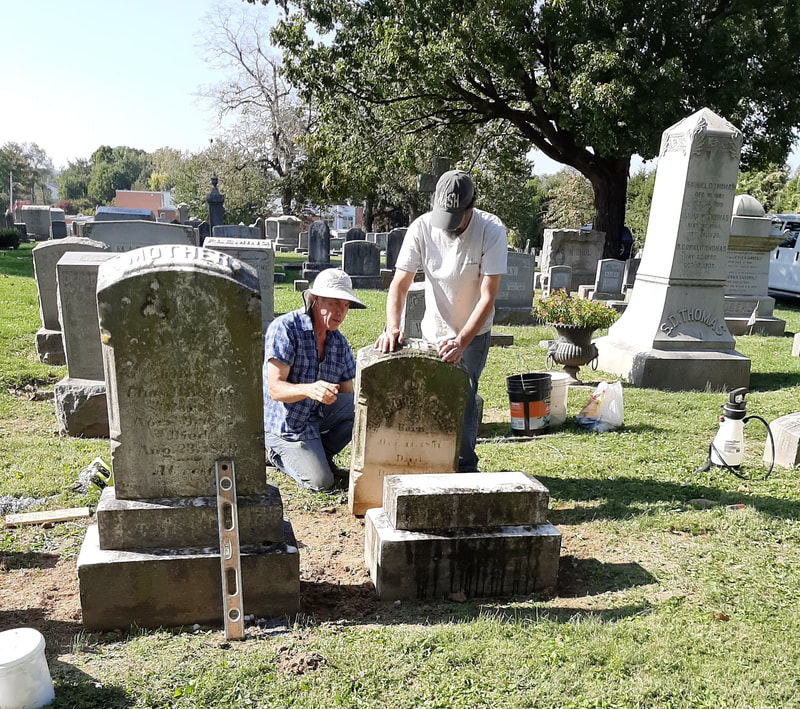
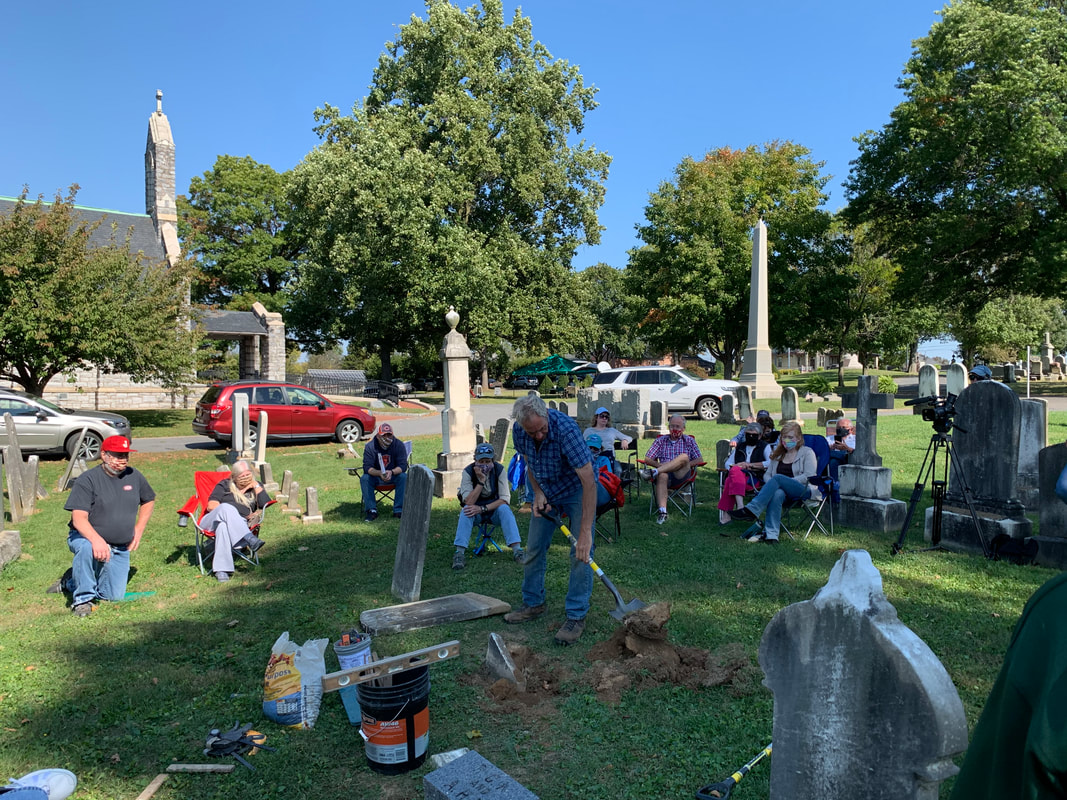
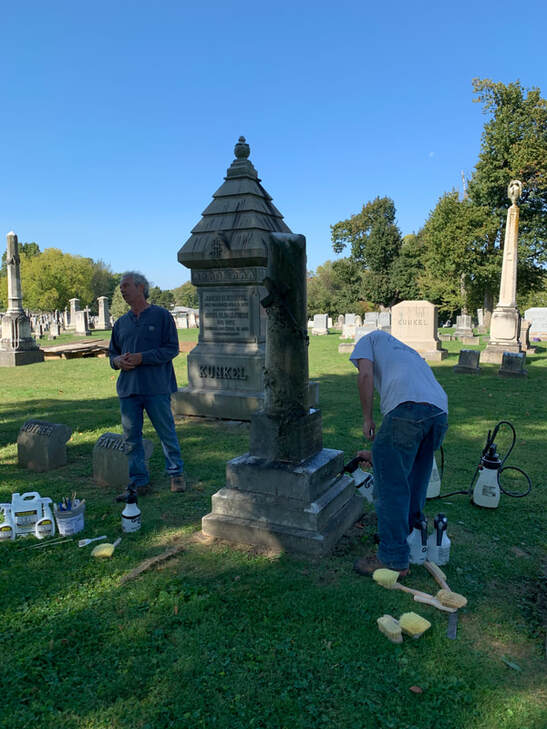
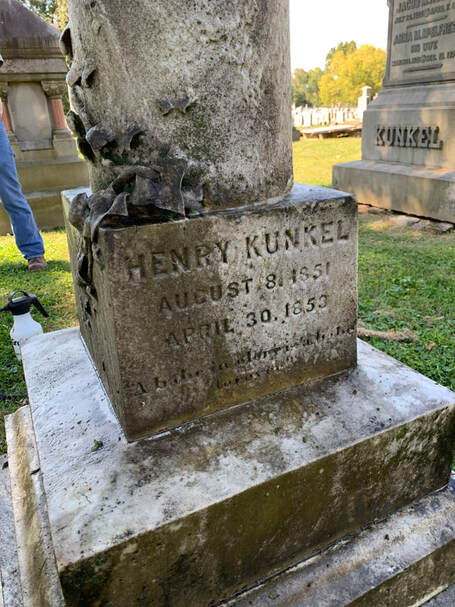
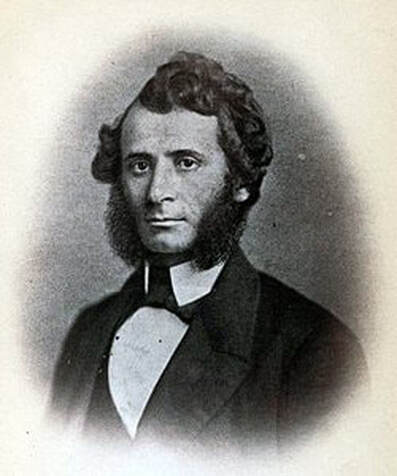
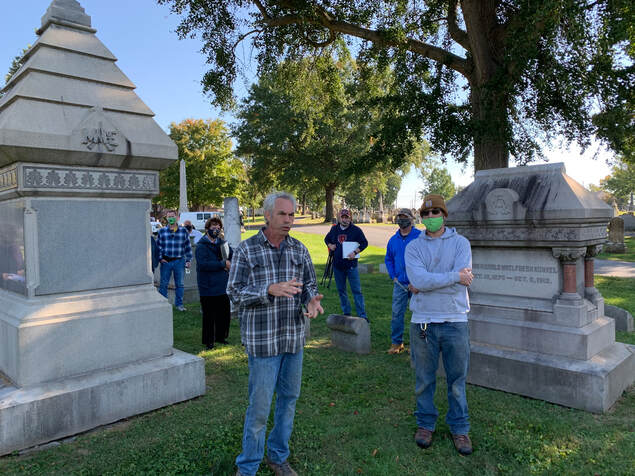
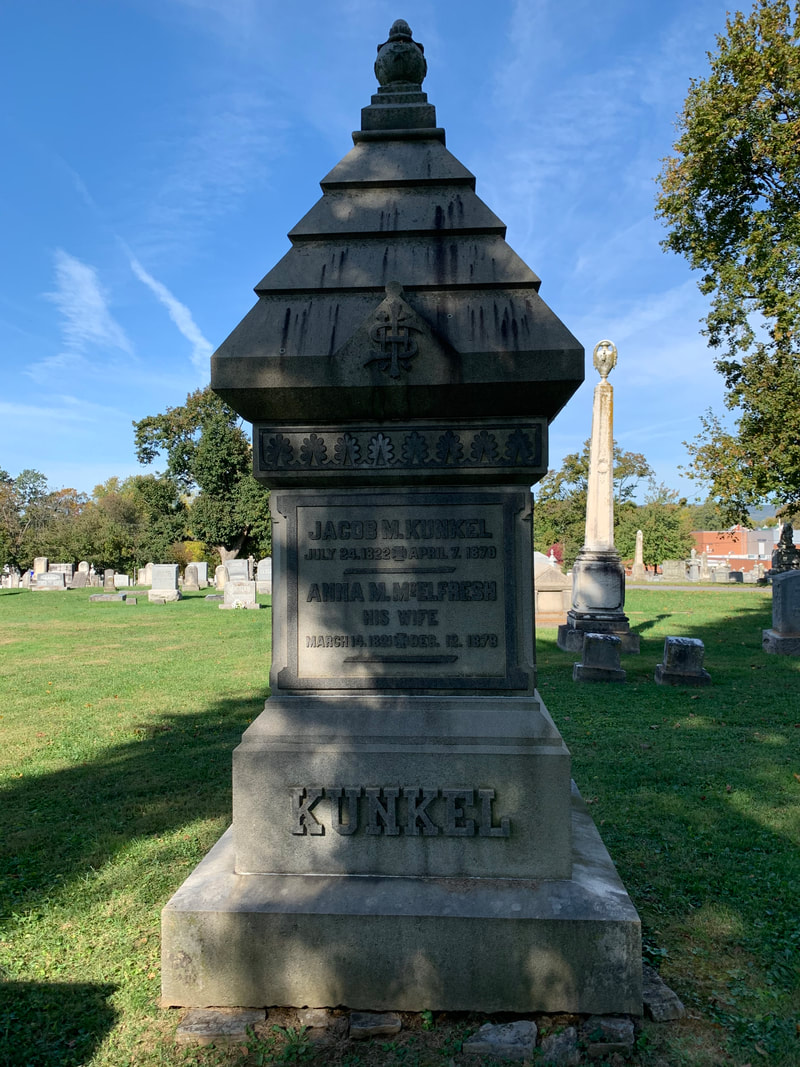
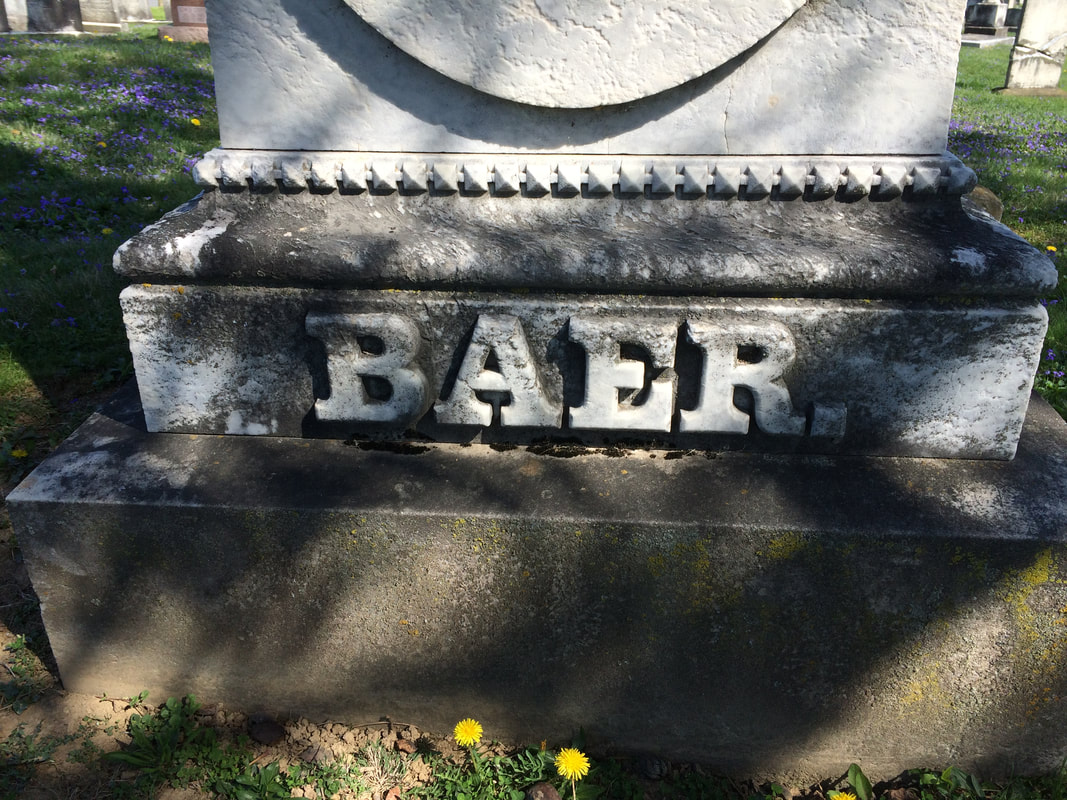
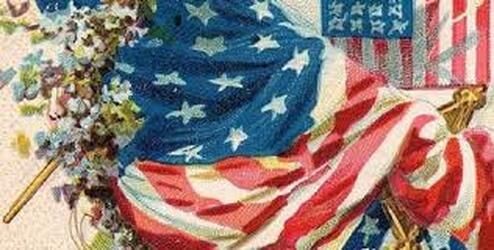
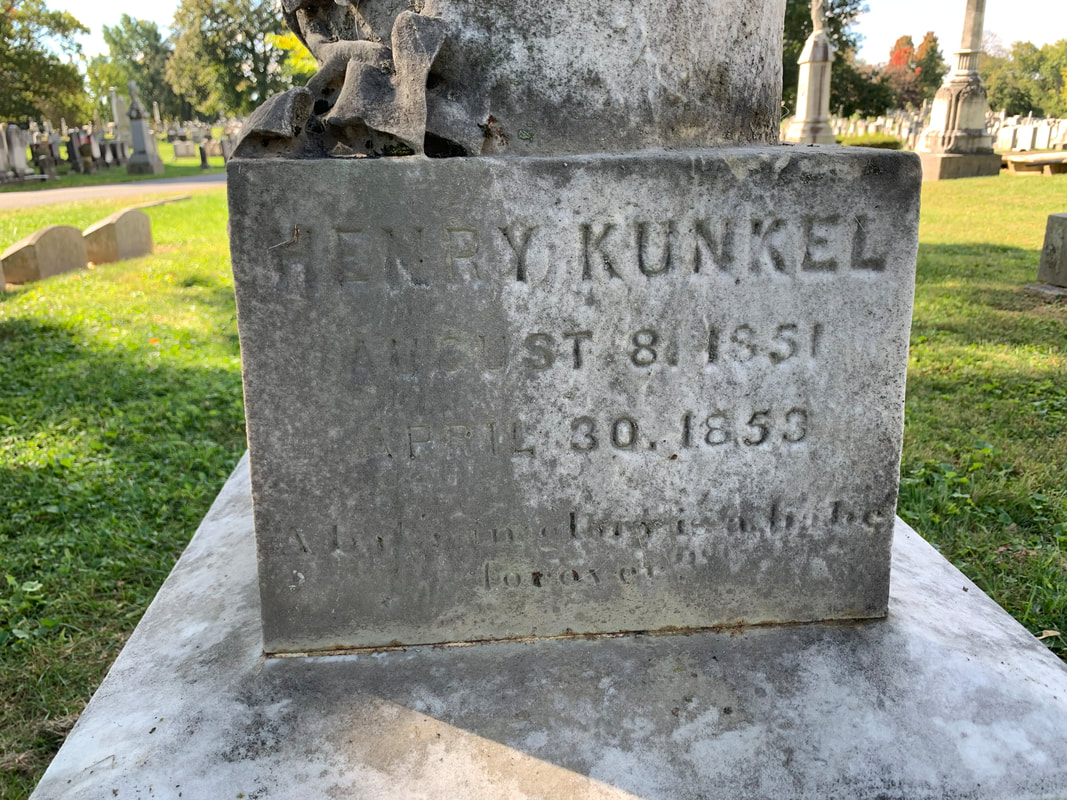
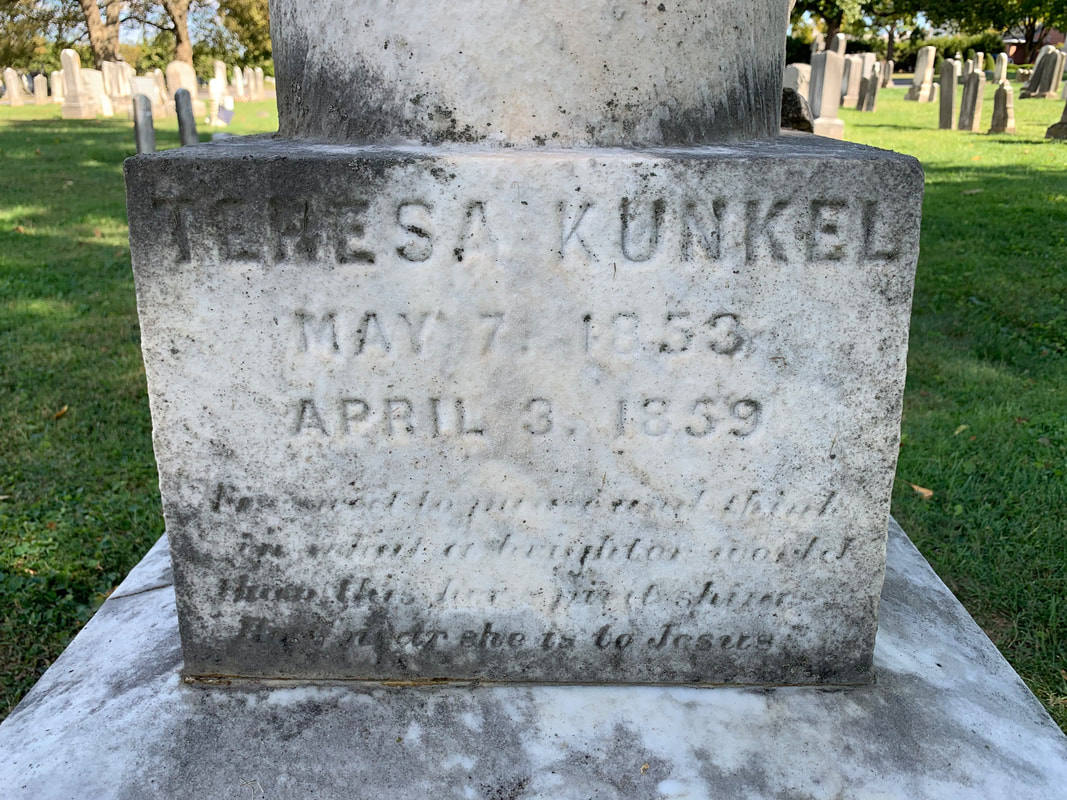
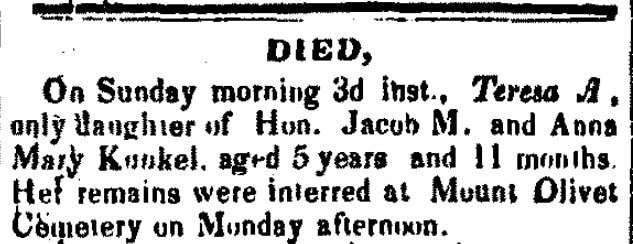
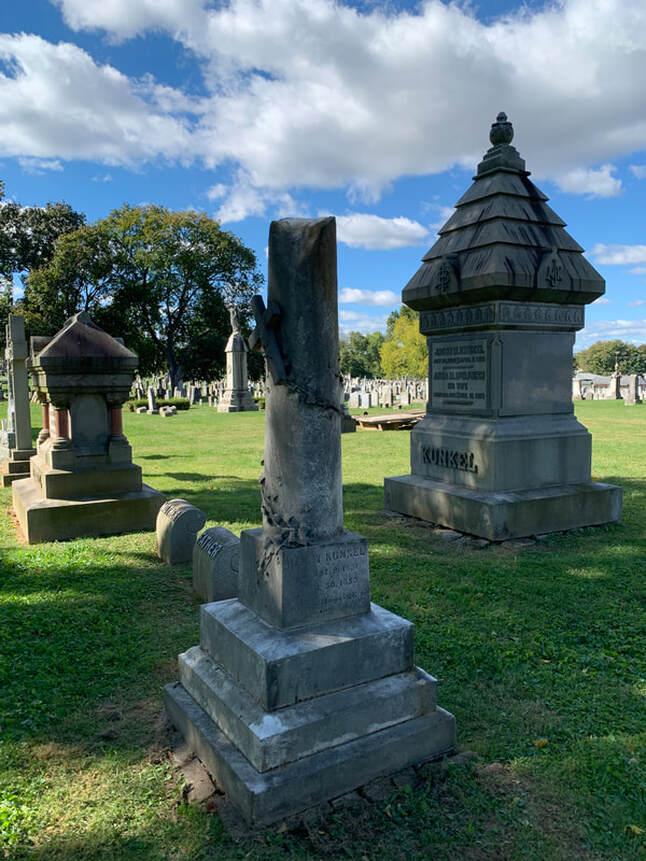
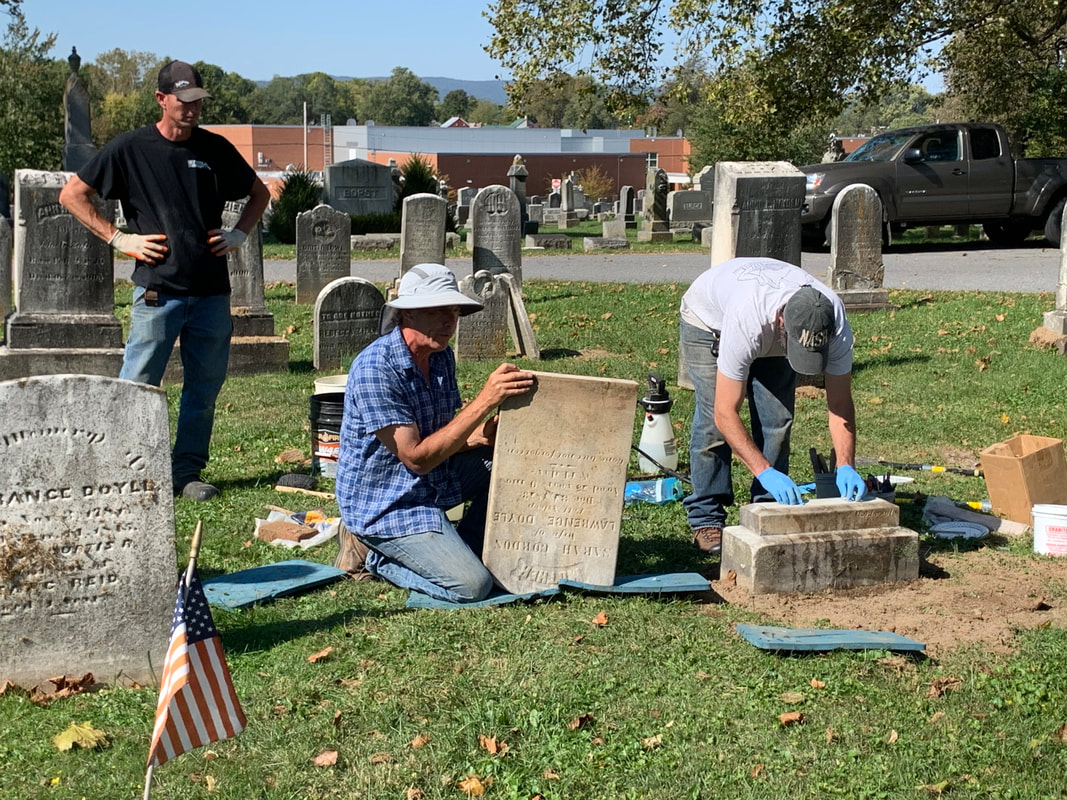
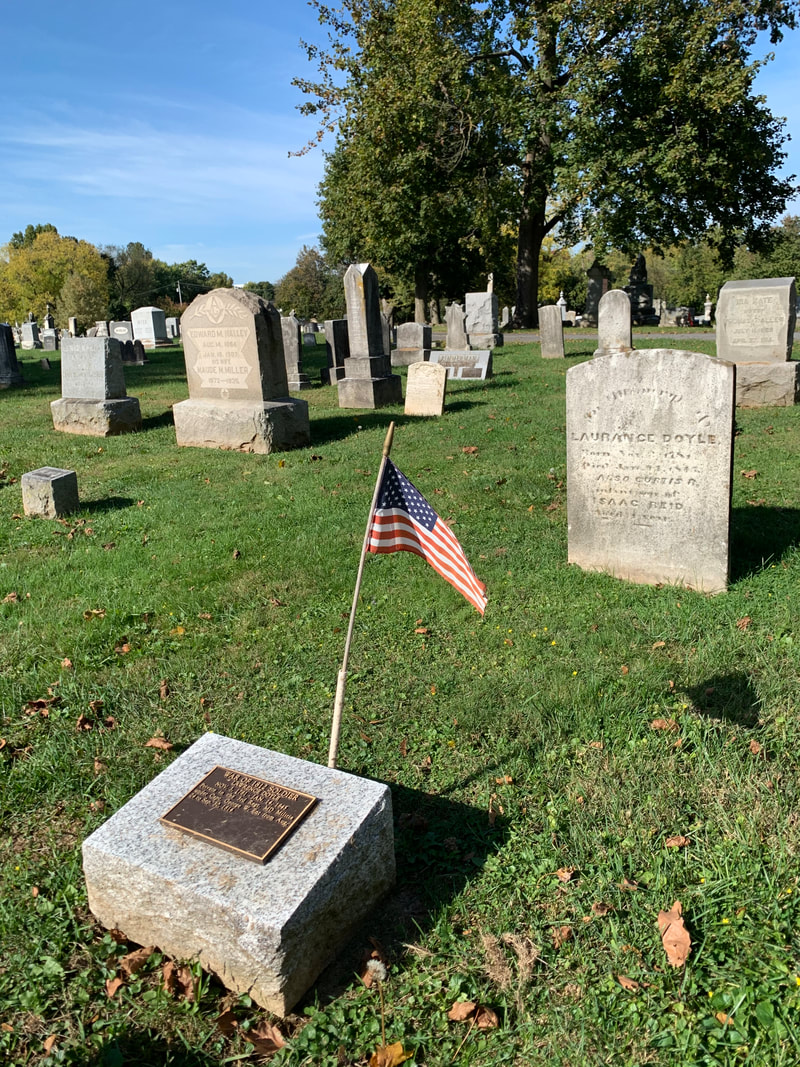
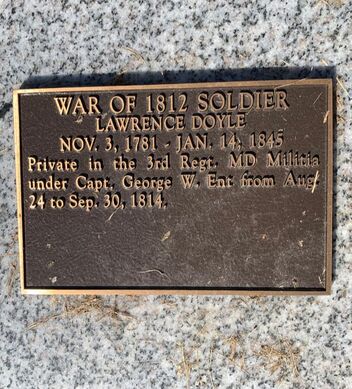

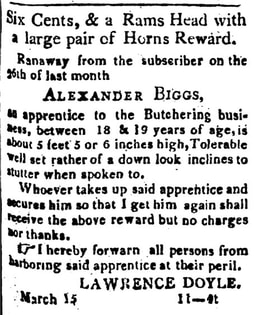
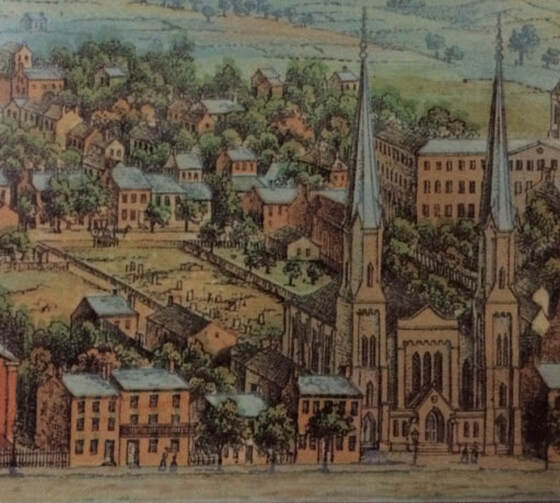
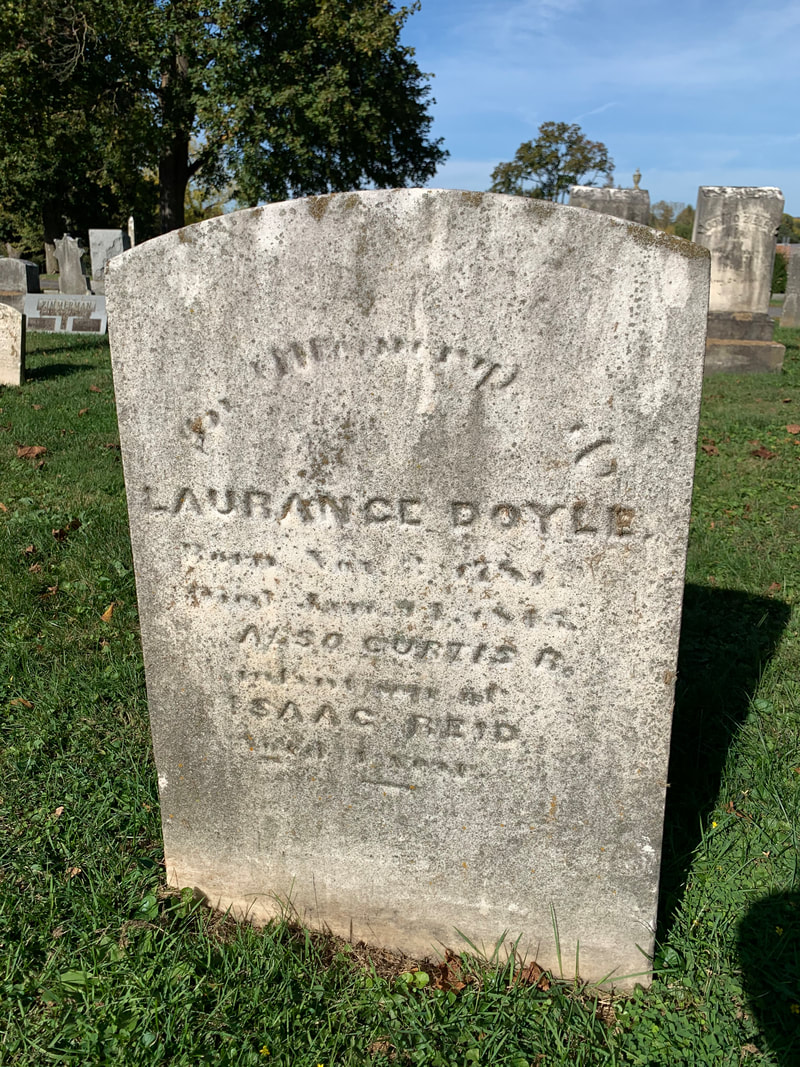
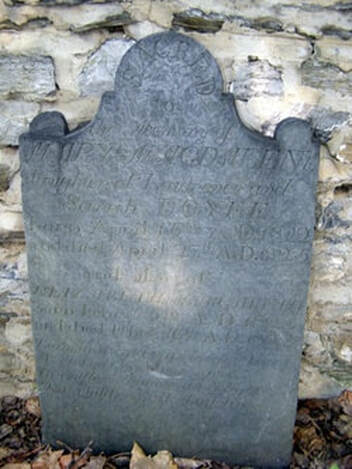
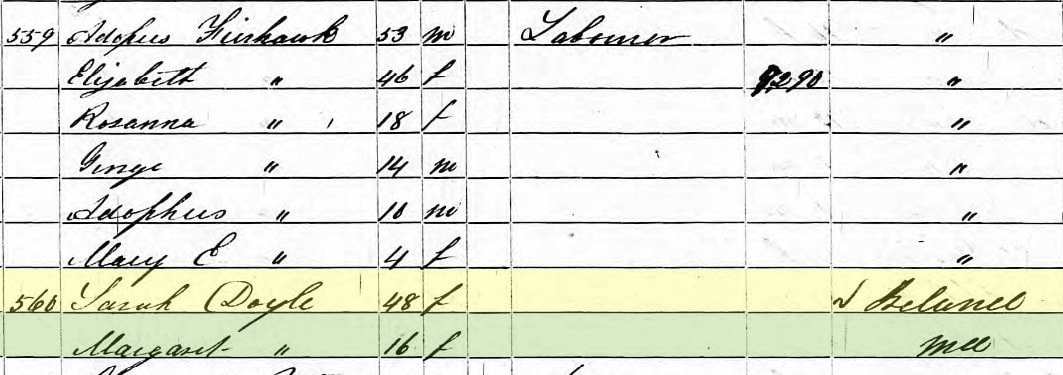

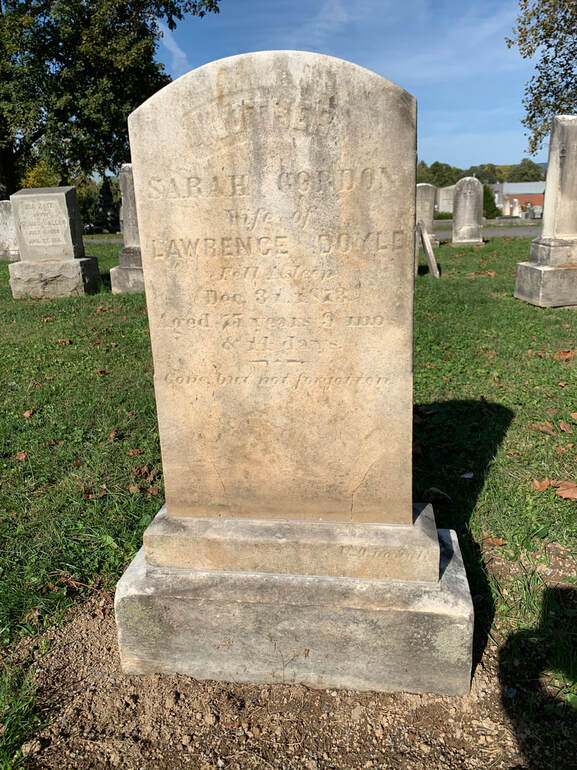
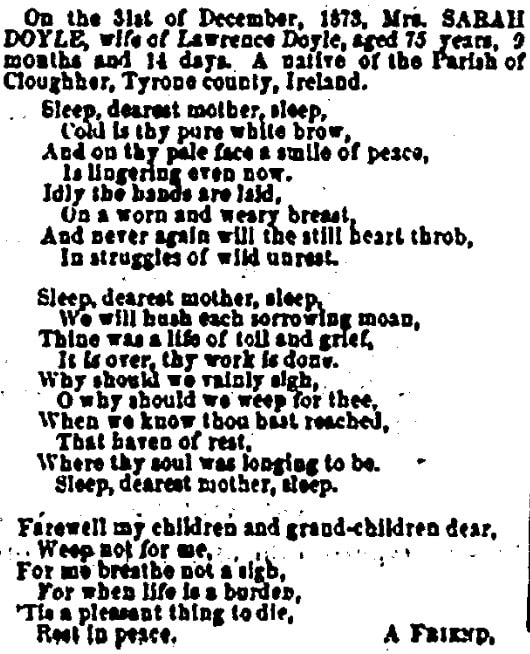
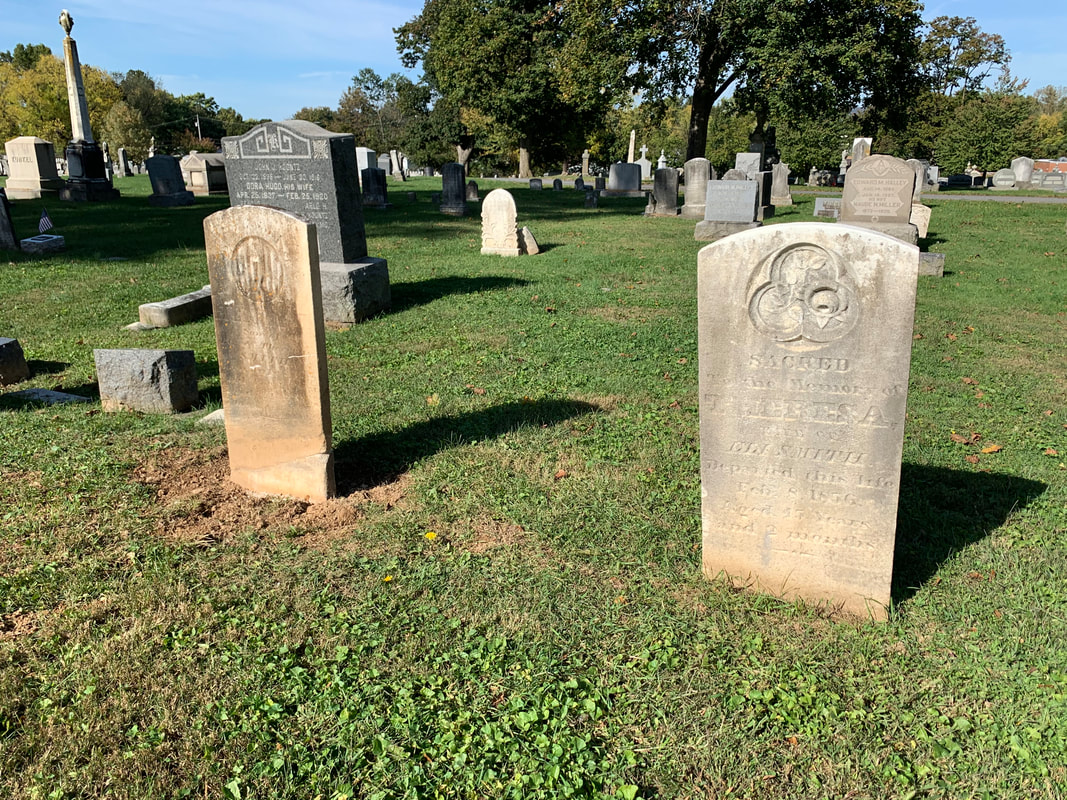
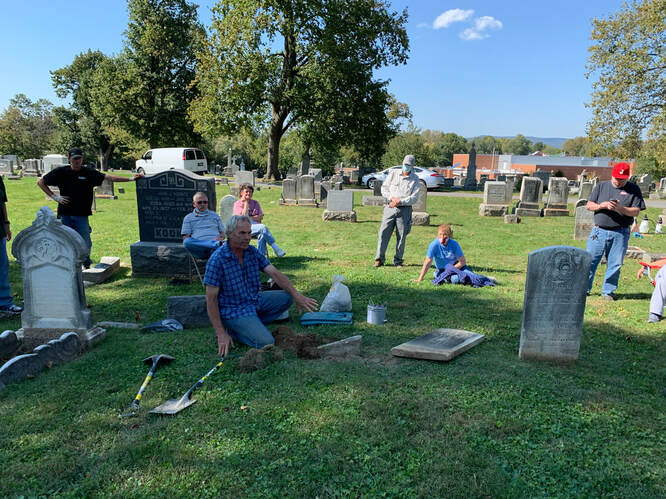


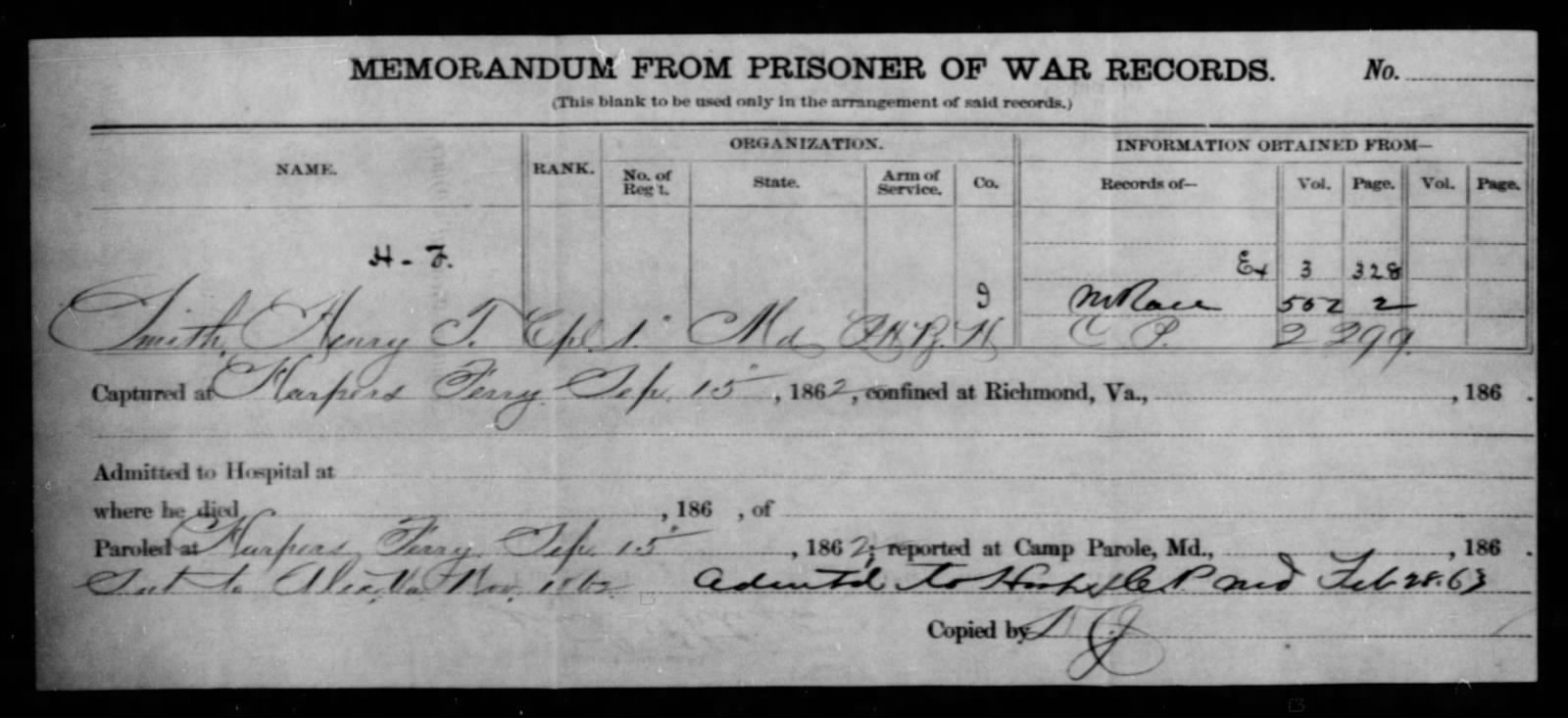
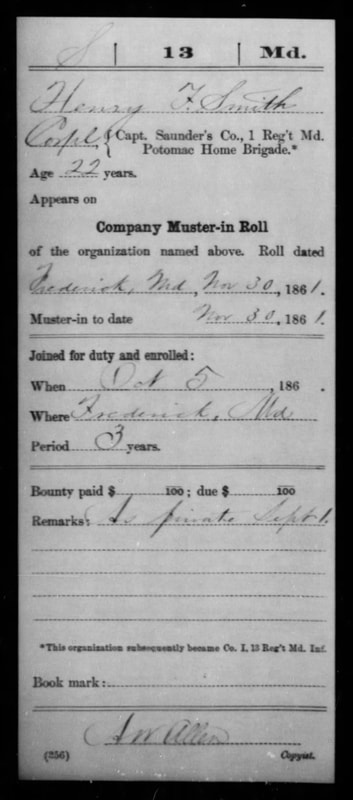

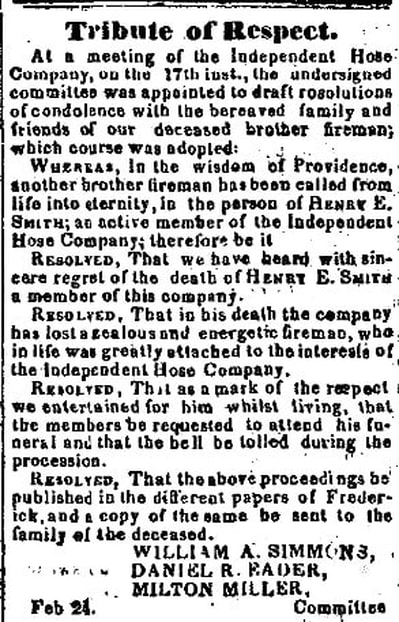
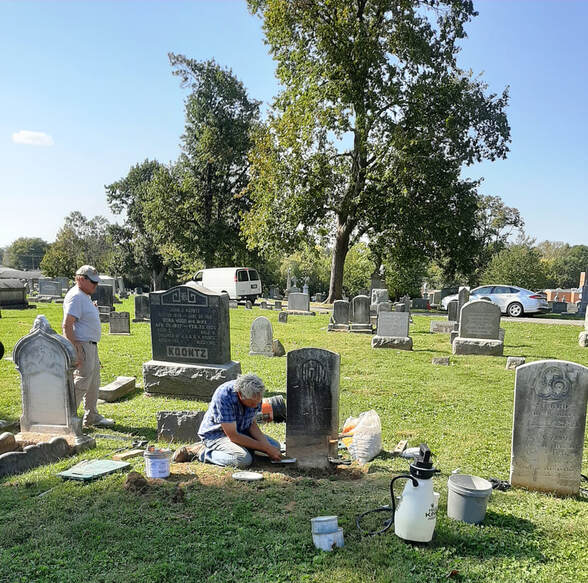
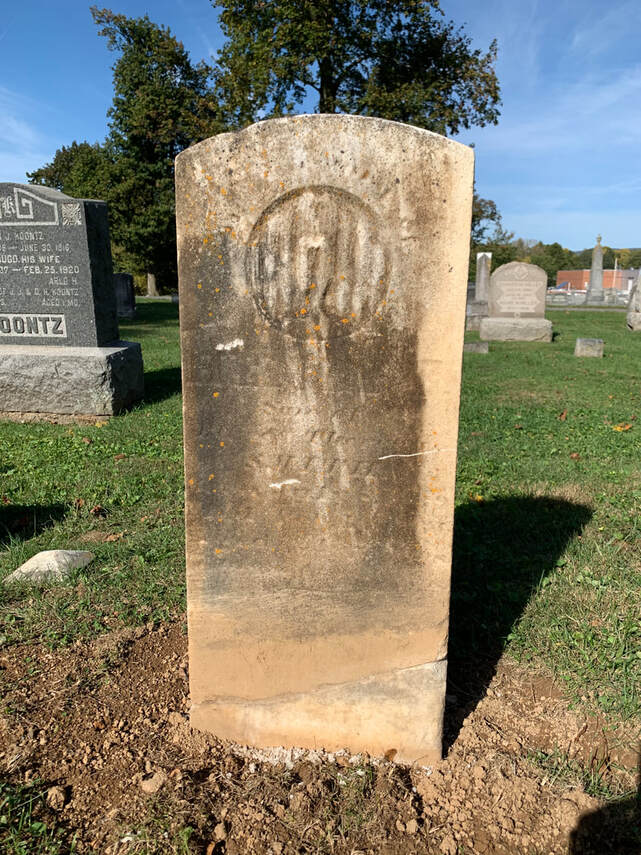
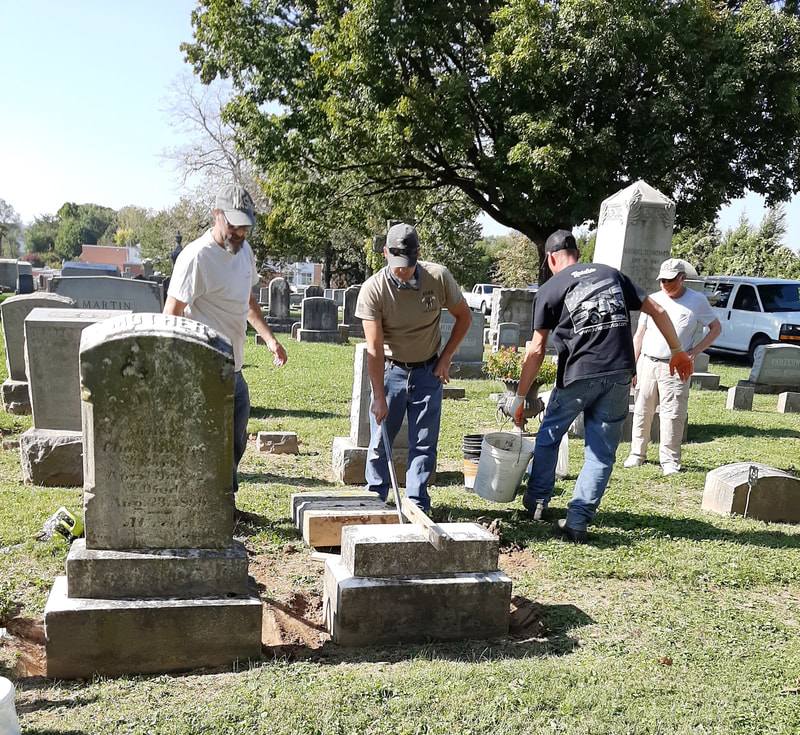
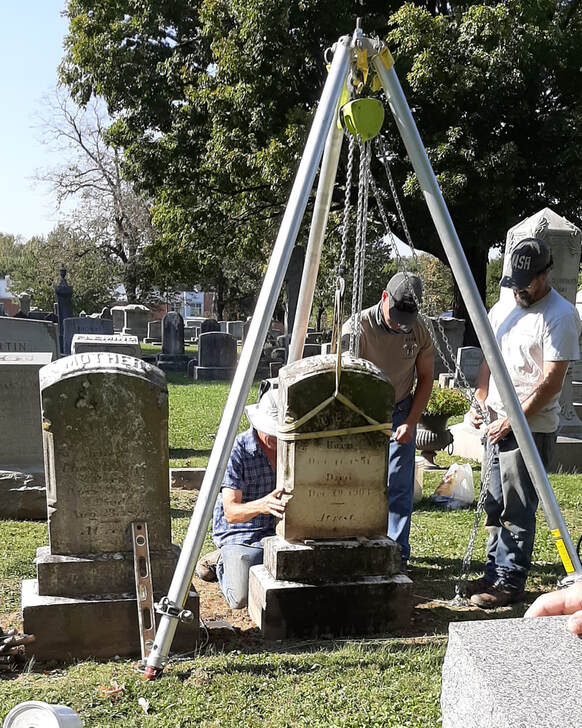
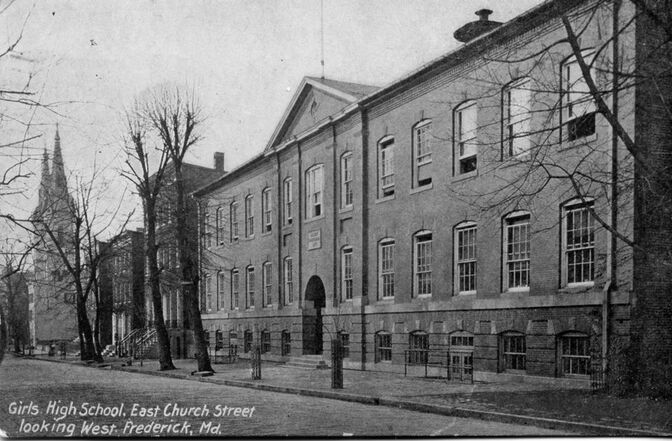
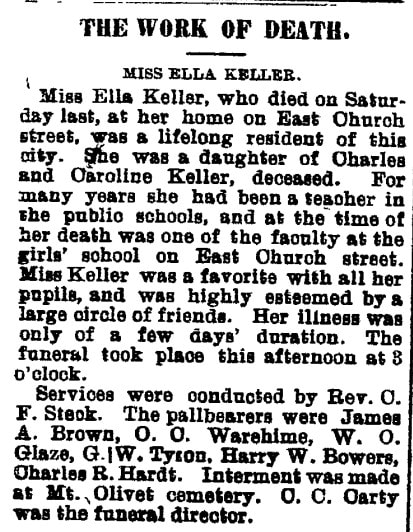
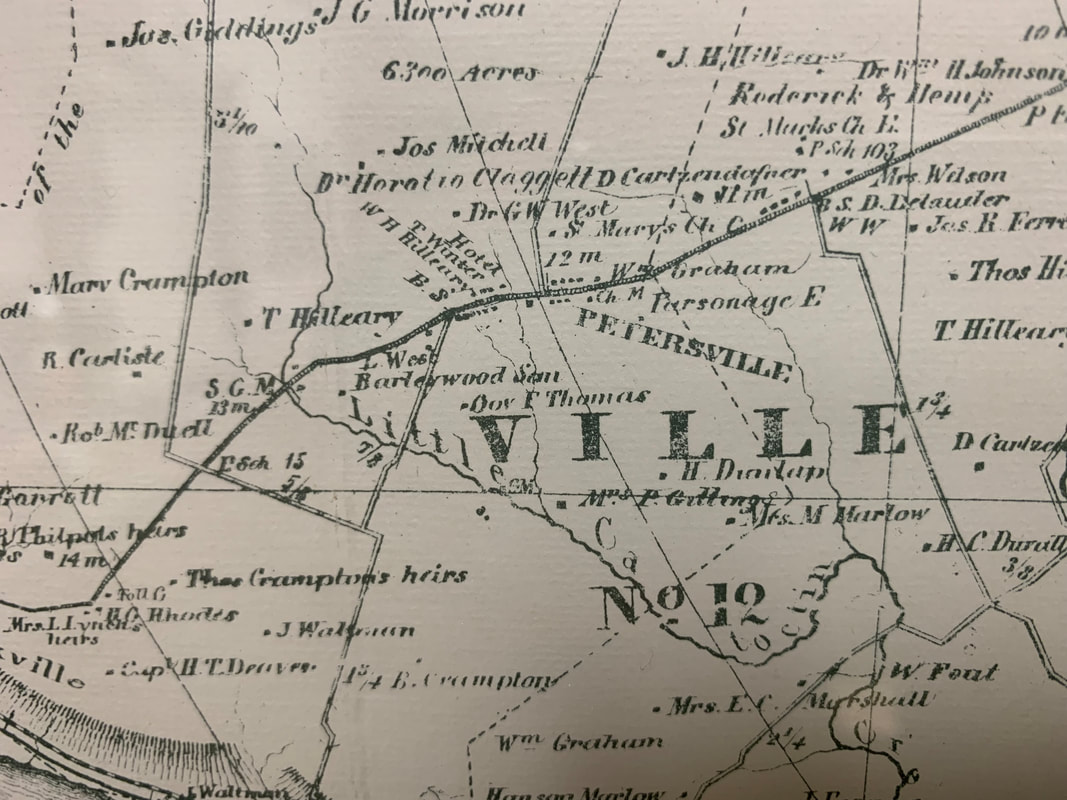
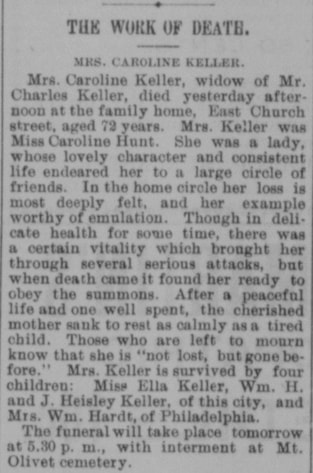
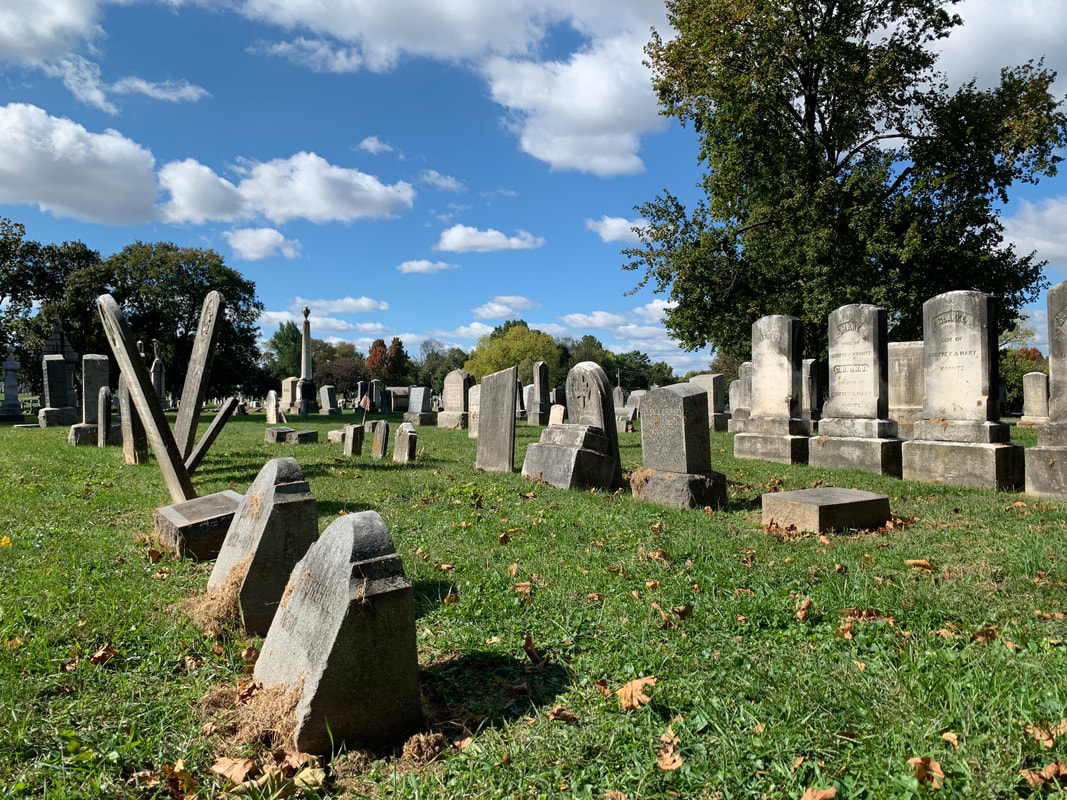
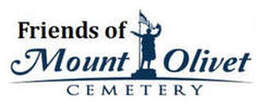
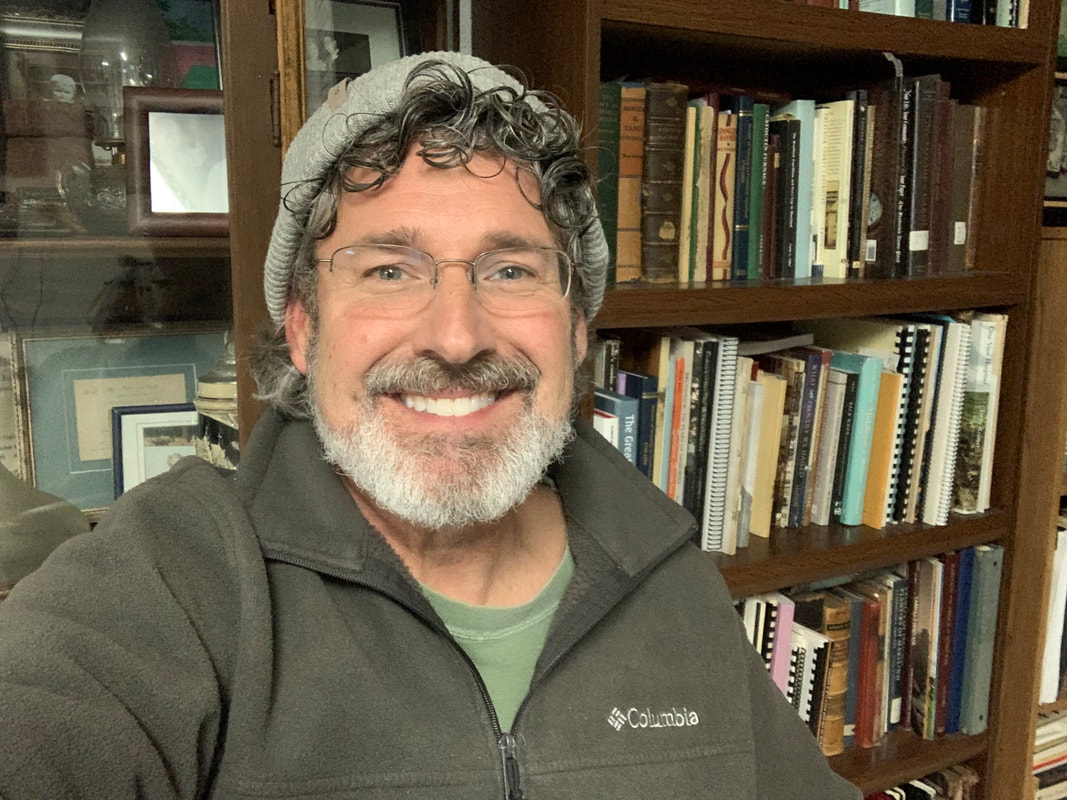
 RSS Feed
RSS Feed